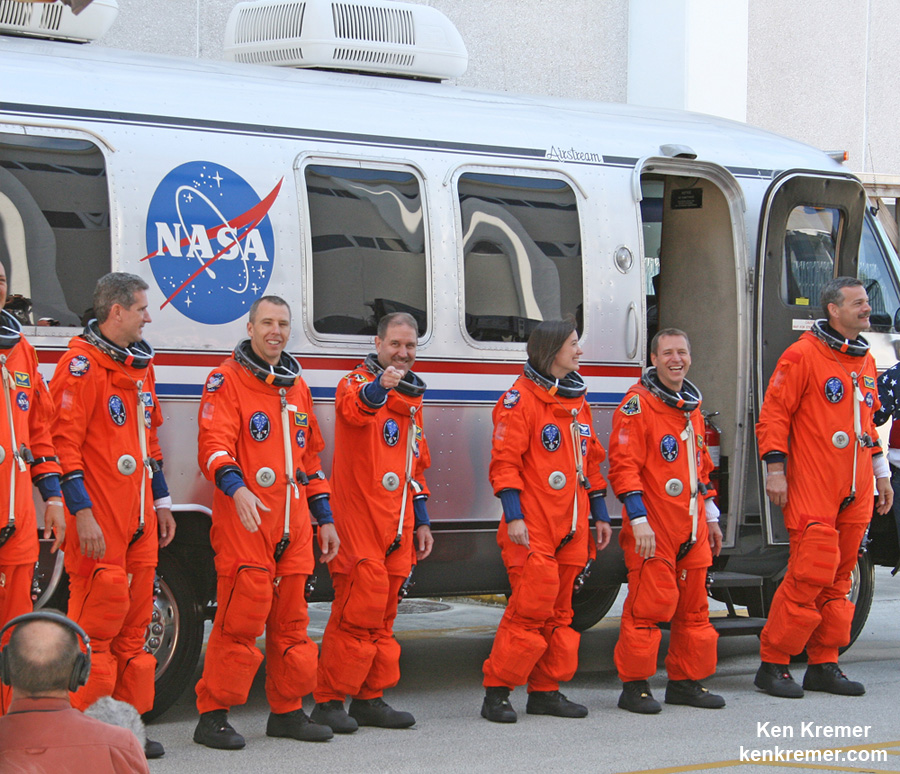
KENNEDY SPACE CENTER, FL — Everyone in the space business knows it’s a “risky business” and will remain so for the foreseeable future. And no one knows that better than the astronauts and cosmonauts who bravely volunteer to place themselves and their souls in the utmost peril, strapped on top of rockets loaded with mammoth quantities of explosive fuels—all in the noble cause of the advancement of science and human knowledge for our betterment as a species.
“You really have to be well informed about what the risks are,” said astronaut and NASA science chief John Grunsfeld, during a recent conversation with AmericaSpace at the Kennedy Space Center in Florida. He knows the risks versus rewards firsthand and with extreme intimacy.
Grunsfeld is probably best known for servicing and upgrading the Hubble Space Telescope on three shuttle flights during eight exhilarating and highly complex spacewalks. He now serves as NASA’s Associate Administrator for the Science Mission Directorate (SMD) at NASA Headquarters in Washington, D.C.
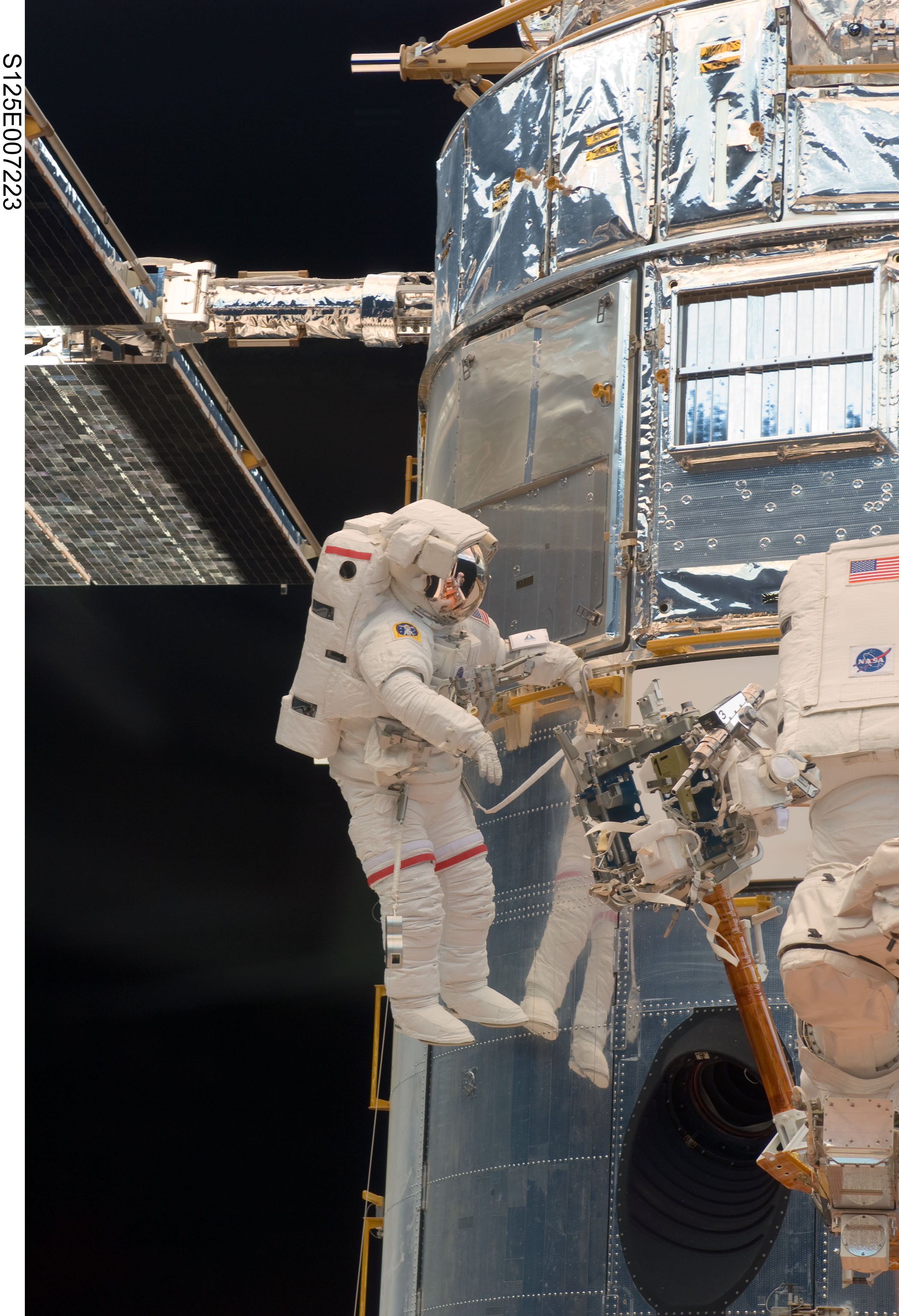
In light of the Orbital Sciences Antares rocket explosion on Oct. 28, 2014, just seconds after blastoff from NASA’s Wallops Flight Facility in Virginia, and in the context of the Orion EFT-1 and SpaceX cargo launches, this writer asked Grunsfeld his opinion of what happened and its impact?
“This is why we as astronauts are so involved in the details,” Grunsfeld told AmericaSpace. “You really have to be well informed about what the risks are.”
“I think it’s really unfortunate what happened. But we are learning. And it’s a different environment. And this is one of the things [we’re learning].”
“Orbital is a professional rocket company. SpaceX is also a professional rocket company. They are learning a lot as well. They’ve had a lot of difficulties as well unfortunately.”
“But nothing catastrophic. And I hope they [SpaceX] don’t. Because that would be a huge setback.”
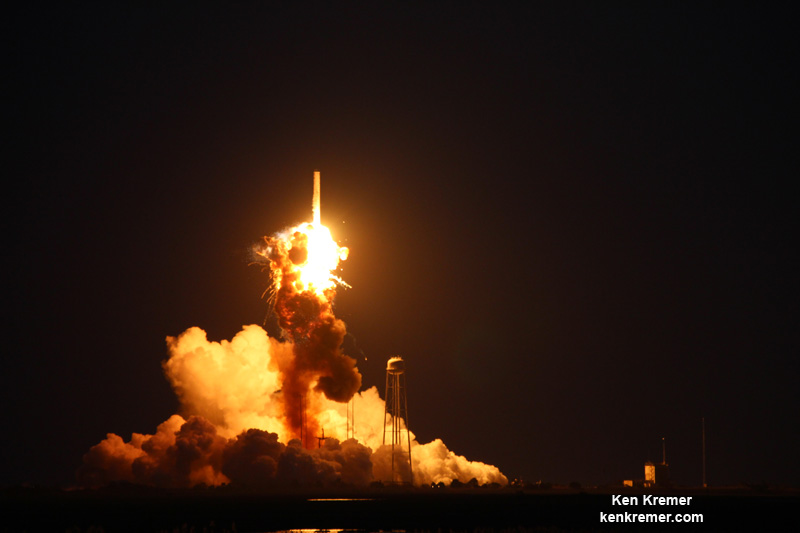
The unmanned SpaceX Falcon 9 rocket and Dragon cargo carrier now constitutes the only U.S. path to launch critically needed supplies to the International Space Station (ISS), and keep it functioning full throttle for science and stocked with provisions for the resident crews, until flights of the Orbital Sciences Cygnus cargo ship are resumed perhaps by late 2015, using Atlas V as an interim launcher until Antares flights can resume in 2016.
The next SpaceX Dragon cargo flight bound for the ISS is slated for liftoff on Tuesday, Jan. 6, at 6:20 a.m. EST on the CRS-5 mission.
Altogether, Grunsfeld is a veteran of five space shuttle missions during his astronaut career that began in 1992. He is an astronomer by training.
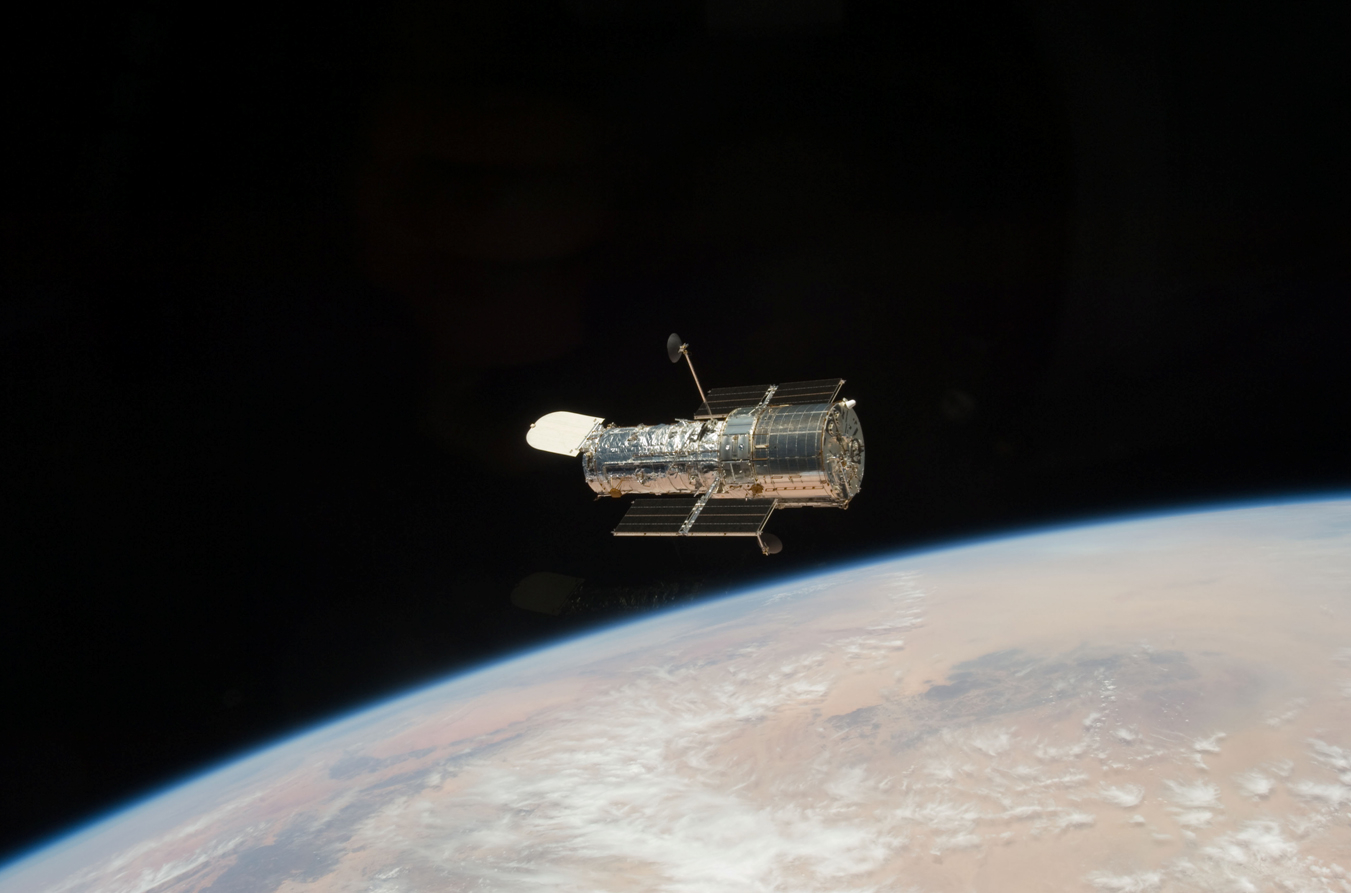
Today, Grunsfeld heads NASA’s wide ranging science programs as well as contributing to NASA’s new generation of human spaceships replacing the retired shuttles and transporting our astronauts to low-Earth orbit and far beyond—namely the Orion deep space capsule and the Commercial Crew vehicles under development by Boeing and SpaceX.
But to accomplish anything in space, the rockets and spacecraft must first be “reliable,” Grunsfeld specifies. That’s a lesson we learned at the dawn of the Space Age and can never be forgotten, while still pushing the envelope to evolve to better and safer systems.
“This is what the U.S. went through in the 1950s and 1960s. This is part of the reason why President Kennedy set the goal of going to the Moon and back. He didn’t know whether we would get to the Moon and back.”
“But he wanted our rockets to be reliable, for national defense reasons. He wanted to show the Soviets that our ICBMs could reach them. And if our rockets blow up every time then that’s not a credible deterrent.”
“Of course that started something that’s been truly great for our country, that has transformed the country. That’s NASA!”
From his perspective as an astronaut, and regarding whether he prefers shuttles or capsules and whether an Orion crew would have survived an explosion like Antares, Grunsfeld felt capsules were the best choice for our “current situation.”
“I’m actually a big capsule advocate for our current situation. The capsule is really the simplest thing that you can build to get off the surface of the Earth.”
“My feeling is that we want the safest, we want the simplest and we want the soonest. And I call that S cubed [S3].”
“Because you can’t go anywhere if you don’t get off the Earth. Coming back into the atmosphere you want the simplest system.”
Concerning the shuttle, Grunsfeld lauded its versatility while noting its high costs.
“I grew up with shuttle and think that shuttle is the most amazing vehicle we’ve ever built. It was very versatile. It demonstrated a high degree of reusability. But it also demonstrated the high costs of reusability, both in terms of the boosters and with the space shuttle [orbiter] itself.”
“So it’s hard to imagine a more phenomenal machine than the shuttle as far as being a launch vehicle, a laboratory in space, a home in space, a return vehicle and all the things that it did.”
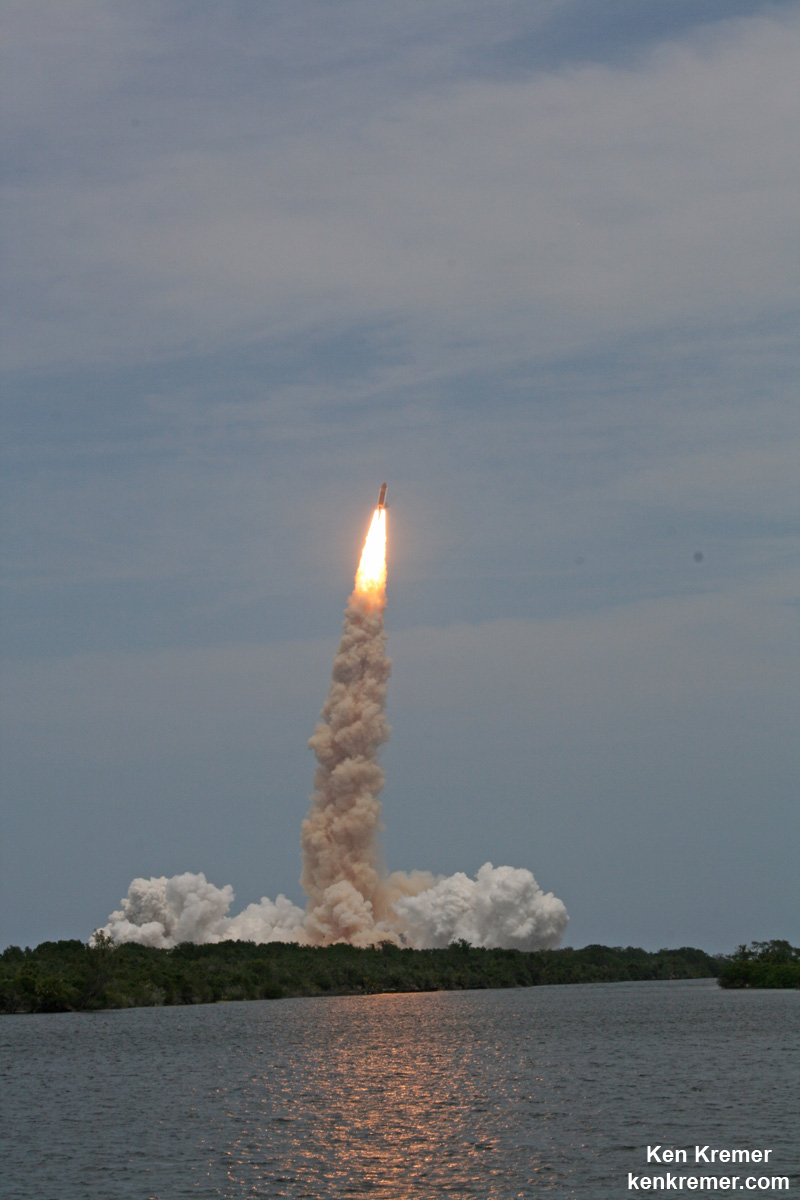
What are the advantages of simplicity?
“The simplest system is often the safest. Maybe not always because complexity may buy you margin and things like that. It might be complexity in material science or propellant. Better computers to get you off faster,” said Grunsfeld.
“Ultimately unless you can get to or through low Earth orbit you aren’t going anywhere. So that first step is critical.”
“If we put all of our investment into the launch vehicle to get to low earth orbit then you aren’t going anywhere because you won’t have the money left over to go anywhere.”
“It would be like having a big RV but not having the money to put fuel in it and go anywhere. That’s not a good plan.”
“So if you want to go somewhere then you have to be able to afford it.”
“So a capsule is the minimus solution both for getting off the planet and for getting back through.”
And NASA chose to develop two commercial capsules for crew transport to LEO on Sept. 16, 2014, when NASA Administrator Charles Bolden announced that Boeing and Space were both awarded contracts under the Commercial Crew Transportation Capability (CCtCap) program and NASA’s Launch America initiative.
The goal of Commercial Crew is to return human spaceflight launches to the United States and end our sole source reliance on Russia.
NASA chose not to continue development of the Sierra Nevada Dream Chaser mini-shuttle, the third main entrant in the commercial crew competition begun in 2010.
“From day one, the Obama Administration made clear that the greatest nation on Earth should not be dependent on other nations to get into space,” Bolden told reporters, including AmericaSpace, during a briefing at the Kennedy Space Center in Florida.

Under the CCtCAP award, NASA awarded contracts valued at $6.8 billion to Boeing and SpaceX aimed at restoring America’s astronaut launch capability by the end of 2017.
And in line with Grunsfeld’s comments above, Phil McAlister, NASA’s director of Commercial Spaceflight at NASA Headquarters, echoed the paramount importance of crew safety in a separate AmericaSpace interview at KSC.
“We do want to fly as soon as possible. But that does not trump the goal of safety,” McAlister emphasized.
“So if they are not ready by 2017, then we will do what is necessary to make sure those test flights are safe.”
SpaceX was awarded $2.6 billion to build the Dragon V2 spacecraft for launch atop the firm’s man-rated Falcon 9 rocket. Boeing was awarded a contract worth $4.2 billion to build the CST-100 space taxi that will launch atop a man-rated United Launch Alliance Atlas V.
Read the complete interview with Phil McAlister here.
Meanwhile, the first flight of NASA’s Orion deep space capsule on the EFT-1 mission on Dec. 5, 2014, was a complete success. Read more about the future plans for the reflight of the Orion EFT-1 capsule, its KSC homecoming, and maiden blastoff here, here, and here.
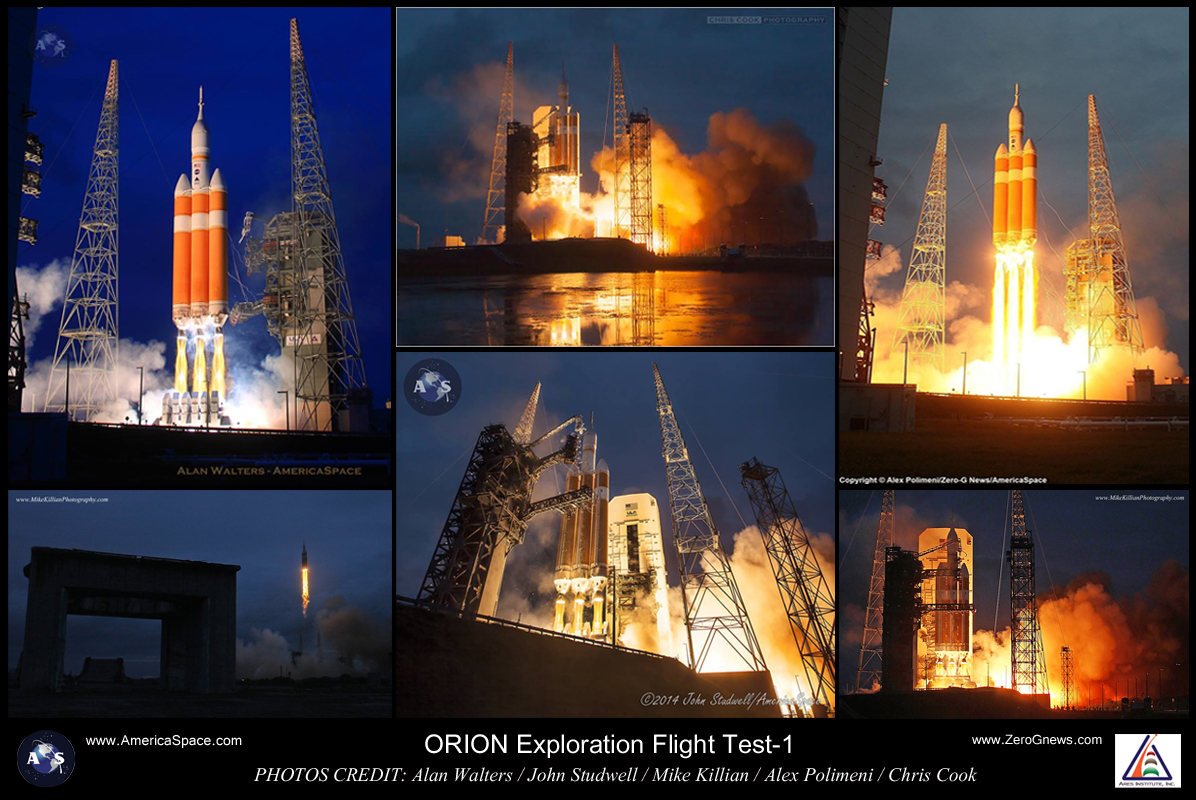
And watch for more thoughts on NASA’s future in manned and unmanned space exploration missions from John Grunsfeld, in part two.
Stay tuned here for continuing updates.
Want to keep up-to-date with all things space? Be sure to “Like” AmericaSpace on Facebook and follow us on Twitter: @AmericaSpace
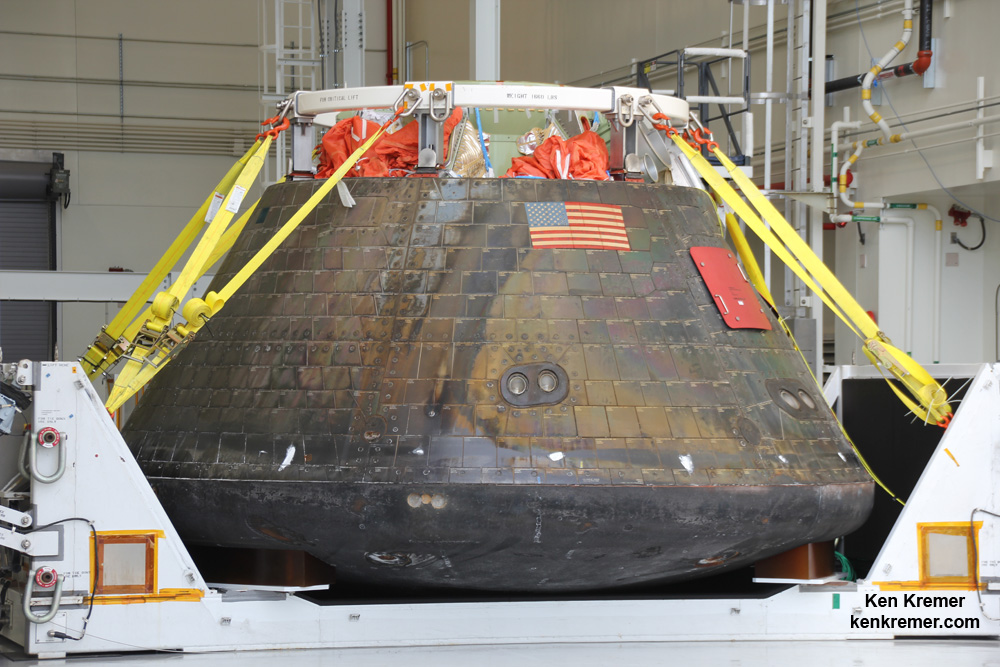




One Comment
One Ping
Pingback:Space Travel Risks Minimized by Capsules: Conversation With Hubble Astronaut/NASA Science Chief John Grunsfeld (Part 1) | The Zetetic Forum